From the June 2022 issue of Apollo. Preview and subscribe here.
The mythic, mammoth sales held at Versailles from 1793 to 1794 have inspired both furious polemic and exciting research, as scholars trace the passage of objects through the hands of international dealers into the cabinets of private collectors and, in time, the world’s leading museums. The Versailles auction was the largest of the many ‘spectacular dismantlings’ of the old regime by the new Revolutionary government. These dismantlings obviously had their melancholy side: we might think of the master ébéniste Jean-Henri Riesener buying back examples of his work at hugely deflated prices. But the dissolution of old monarchical luxury was also strangely generative, according to Iris Moon, curator of decorative arts at the Metropolitan Museum of Art: ‘Dispersal and disinheritance were not only the inevitable parts of a tragedy but also a vital aspect of the dialectics of revolutionary culture.’
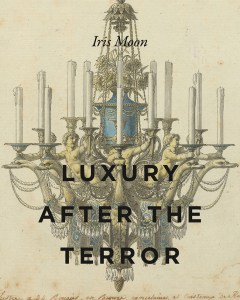 In Luxury After the Terror, Moon demonstrates the fascinating and subtle ways in which the decorative arts were shaped by the contradictory politics of the French Revolution. She measures this influence less in terms of iconography and the new emblems such as Phrygian bonnets and tricolour cockades that came to adorn many surfaces; rather, she reflects on the expressive limits and materiality of different genres of cultural production, from wallpaper and assignat banknotes (including a remarkable prototype stitched on silk), to lime-wood carving and hard-paste porcelain. Her analysis balances a meticulous attention to the physical properties and aesthetics of objects from across the 1790s with a refreshing willingness to speculate about how they articulated collective fantasies and anxieties.
In Luxury After the Terror, Moon demonstrates the fascinating and subtle ways in which the decorative arts were shaped by the contradictory politics of the French Revolution. She measures this influence less in terms of iconography and the new emblems such as Phrygian bonnets and tricolour cockades that came to adorn many surfaces; rather, she reflects on the expressive limits and materiality of different genres of cultural production, from wallpaper and assignat banknotes (including a remarkable prototype stitched on silk), to lime-wood carving and hard-paste porcelain. Her analysis balances a meticulous attention to the physical properties and aesthetics of objects from across the 1790s with a refreshing willingness to speculate about how they articulated collective fantasies and anxieties.
Few books about the decorative arts display this kind of conceptual audacity or ambition. In the introduction, Moon expresses her frustration that the stylistic shifts in the furniture and porcelain of the 1790s have not been accorded the same significance as incidental details in the canvases of Jacques-Louis David. The chapters here demonstrate that the fine and decorative arts should not be kept in separate compartments, and that both forms of visual evidence can illuminate some of the major political and psychological pressures thrown up by the unravelling of the French monarchy.
The book creates a bridge between the rigorously empirical work of French scholars of the decorative arts of the 18th century – such as Christian Baulez and Yves Carlier – and the more conceptually probing interventions of Anglophone scholars such as Richard Taws (with his focus on ephemerality and media) and Lynn Hunt (including her flirtation with psychoanalysis). Moon knits together biographical detail, cultural genealogies and close observation to uncover the ideological and emotional responses encoded in decorative motifs. Most remarkable perhaps is the pairing of the arabesque designs created by Jean-Démosthène Durgourc with the squiggle games analysed by post-war psychoanalyst Donald Winnicott; Moon suggests that these forms of ornament also expressed deeper fears about absent or abhorred maternal figures (most obviously Marie-Antoinette). Not all of these intellectual moves are equally persuasive, but they are never less than invigorating.
By fatally wounding court society and driving many aristocrats into exile, the French Revolution ensured that the demand for luxury goods dried up. At the same time, the Revolution introduced vast changes in how the craft industries were regulated and demarcated, especially with the abolition of monopolies under the d’Allarde law in 1791. This mix of economic precariousness and liberalisation was a stimulus to innovation, and the figures Moon chooses to concentrate on embraced a number of different roles. The goldsmith Henri Auguste also dabbled in printmaking and in engraving medals, alongside writing pamphlets about currency reform; Durgourc the master of frivolous decoration turned his hand to designing post-monarchical playing cards, and was later appointed as architect at Spanish palace La Moncloa.

Advertisement for the Nouvelles Cartes de la République Française (1793), published by Jean Démosthène Dugourc and Urbain Jaume. Bibliothètheque nationale de France, Paris
One of the great merits of the book is the emphasis placed on the years after the fall of Robespierre. So often written off as the corrupt coda to the virtuous Republic, the Directory (1795–99) emerges here as a period rich in experimentation and collaboration. At a time when overt sympathy for the king was political suicide, at least within French borders, Royalists pioneered a clandestine form of mourning expressed through allegories, rebuses and the hidden silhouettes and spectral figures concealed in prints or in ladies’ fans. Moon has assembled a corpus of overlooked artworks to explore this impulse; they range from the golden heart reliquary created by Auguste for his beloved wife who died in 1795 – now recovered from the church of St Leonard and found among his papers at the archives in Val-de-Marne – to the small sculpture, carved by Aubert-Henri-Joseph Parent during his exile in Switzerland, representing the coffin of Louis XVI (when in truth, the king’s body was never recovered from the Madeleine cemetery). Produced for the duchess of Württemberg, whose loss of fortune in 1793 made her especially sympathetic to narratives of disaster and renewal, the sculpture features on the reverse a poem titled, ‘On the coffin of Louis, the murdered victim’. The delicate butterfly on top, which seems to break free from the strangely ‘anti-poetic’ wooden structure, echoes the idea of rebirth captured in the inscription (‘mors immortalis’).
Spinning a web of connections across different kinds of material, the chapters unfold through association, rather than through linear argument. Hence a discussion of Alexandre Brongniart’s reforms at Sèvres offers an account not just of the technical innovations of the porcelain factory of Dihl et Guérard, but also of burial practices and Georges Cuvier’s investigation of fossils and theories of extinction. Only by thinking about these trends together can we grasp the ways in which porcelain ‘registered the anxious politics of the period’. Moon is fascinated by the Revolution’s absences, twists and dead ends: she draws on the imagery of voodoo in musing on the ‘poetic justice’ that the unscrupulous Henri Auguste ended his life in 1816 in Port-au-Prince in newly sovereign Haiti. Moon acknowledges that Luxury After the Terror might be ‘idiosyncratic’, inspired by her desire to go beyond the conventional scholarship on French decorative arts, ‘a tale of exclusivity and cultural heritage belonging to a privileged few’. This beguiling book shows how far she has succeeded.
Luxury after the Terror by Iris Moon is published by Penn State University Press.
From the June 2022 issue of Apollo. Preview and subscribe here.
Unlimited access from just $16 every 3 months
Subscribe to get unlimited and exclusive access to the top art stories, interviews and exhibition reviews.

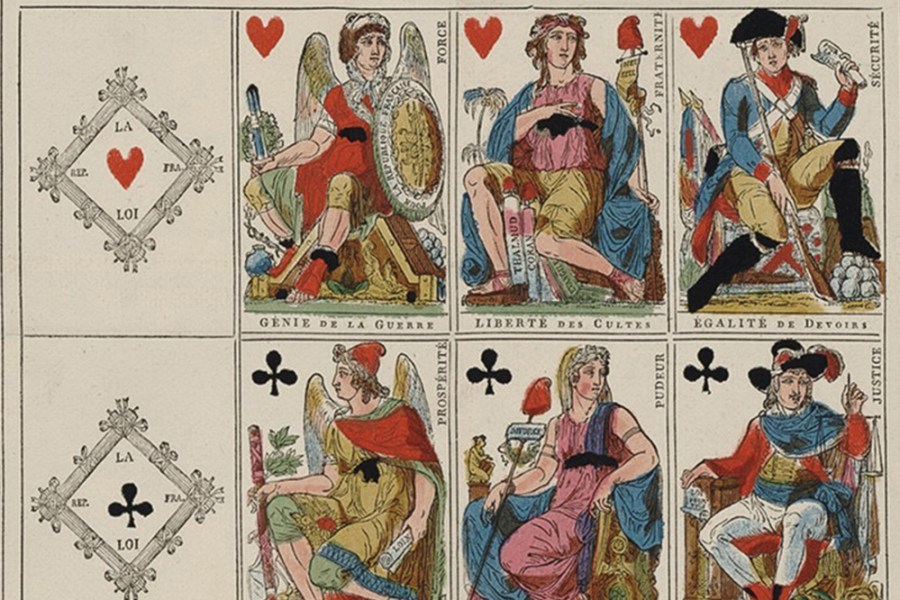
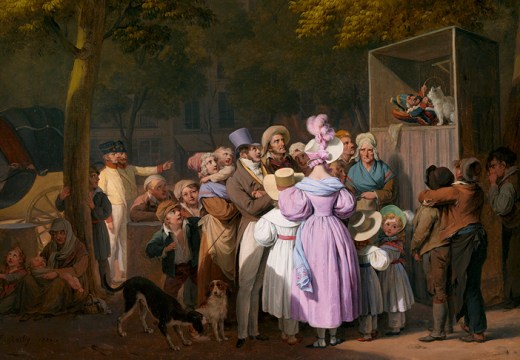
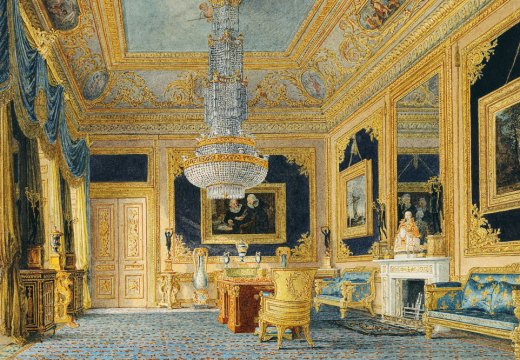
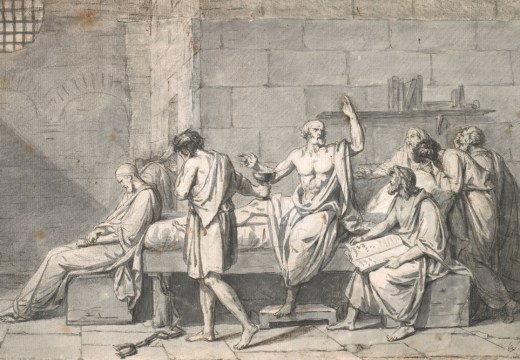









![Masterpiece [Re]discovery 2022. Photo: Ben Fisher Photography, courtesy of Masterpiece London](http://www.apollo-magazine.com/wp-content/uploads/2022/07/MPL2022_4263.jpg)
It’s time for the government of London to return to its rightful home